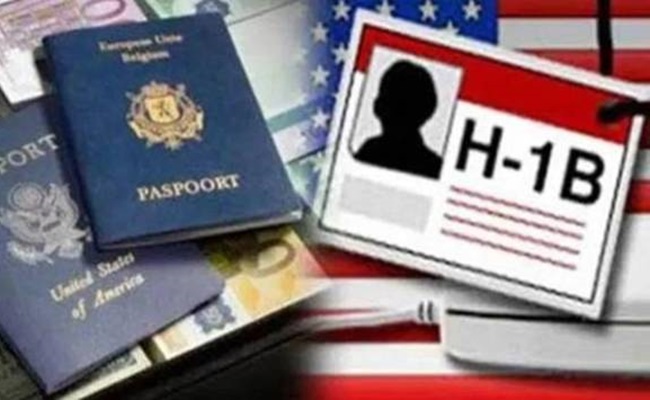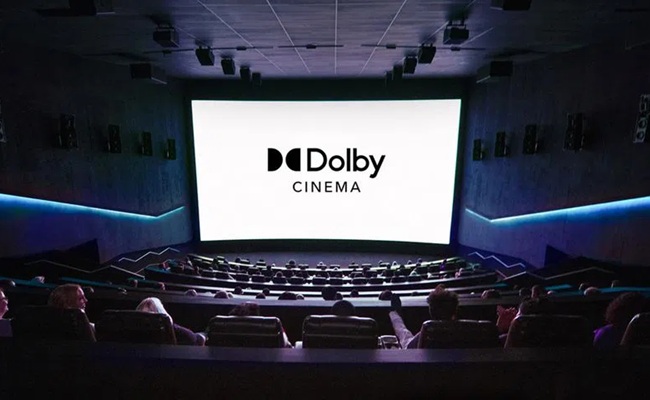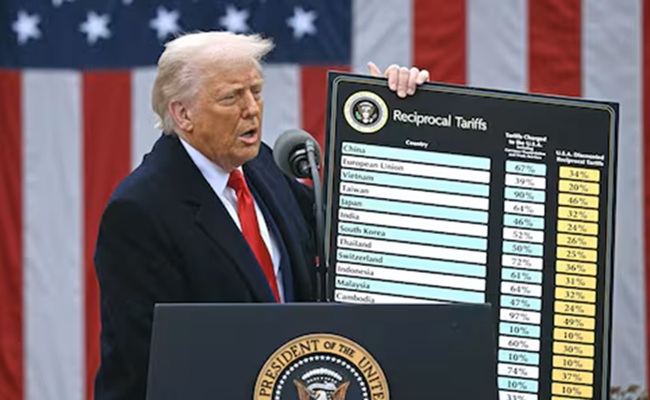
The H-1B visa program allows U.S. employers to hire skilled foreign workers for specialized jobs, mainly in technology, healthcare, and education.
Every year, the U.S. Citizenship and Immigration Services (USCIS) holds a lottery to randomly select applicants due to high demand.
For FY 2026, H-1B registrations dropped slightly to 442,000, similar to FY 2024. However, the number of valid registrations has already declined significantly in recent years, dropping from 758,994 in FY 2024 to 470,342 in FY 2025 — a decrease of 38.6%.
USCIS now uses a beneficiary-centric system, ensuring each applicant enters the lottery only once, making the process fairer. This change has increased the selection rate to 40% from 30%.
Another major change is a sharp increase in the H-1B registration fee — from $10 to $215 — to cover administrative costs and discourage unnecessary applications.
Employers whose candidates are selected must file petitions starting April 1, 2025, within a 90-day window.
Denial rates for H-1B petitions have varied over the years. In 2018, stricter immigration policies caused a sharp increase in rejections. However, by 2024, denial rates had dropped significantly, especially for large companies with experienced legal teams.
The technology and science sectors continue to dominate H-1B approvals, followed by education and healthcare, showing the visa's importance in hiring skilled professionals.













